A snake slithers silently through the underbrush, its forked tongue flicking rapidly in and out of its mouth. This iconic behavior isn’t just a quirky characteristic—it’s a sophisticated sensory adaptation that allows these remarkable reptiles to perceive their environment in ways completely different from our own experience. While humans primarily rely on their eyes and ears to navigate the world, snakes have evolved a fascinating system that turns their tongues into powerful chemical detectors, essentially allowing them to “taste” the air and translate those chemical signatures into what we might consider a form of smell. This sensory system, known as the vomeronasal or Jacobson’s organ, represents one of nature’s most elegant solutions for perceiving the world without the benefit of advanced vision or hearing.
The Basics of Snake Senses
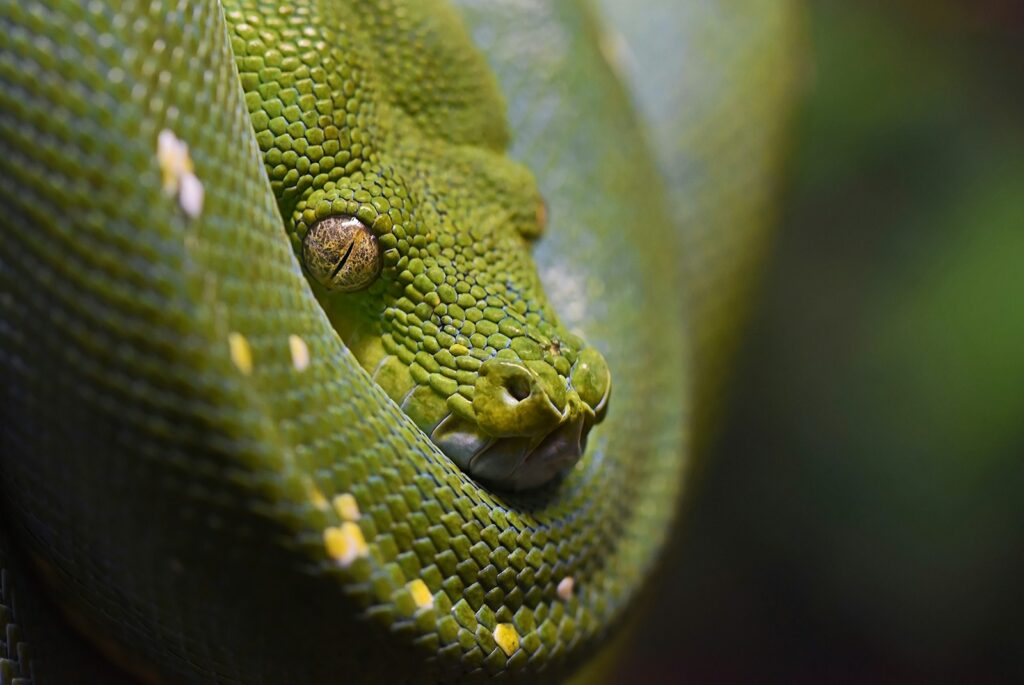
Snakes experience the world through a sensory toolkit quite different from our own, with some senses enhanced and others diminished compared to humans. Most snake species have limited vision that primarily detects movement rather than fine detail, and they lack external ears entirely, sensing vibrations instead of airborne sounds. Their sense of touch is primarily focused on detecting vibrations through their bodies as they contact the ground. But what snakes lack in some sensory areas, they more than make up for with their extraordinary chemosensory system—a sophisticated approach to detecting chemicals in their environment that provides them with detailed information about prey, predators, potential mates, and territorial boundaries. This chemical sensing ability is so refined that it allows many snake species to track prey that passed by hours earlier, following invisible chemical trails with remarkable precision.
The Unique Structure of a Snake’s Tongue

The snake’s tongue is a marvel of evolutionary engineering, specifically designed for its chemosensory role rather than for eating or vocalization. Unlike human tongues, which are thick, muscular organs that help manipulate food, snake tongues are thin, elongated, and distinctly forked at the tip—a feature that serves a crucial sensory function. This bifurcation into two tips provides the snake with directional information about chemical signals, similar to how having two ears helps humans locate the source of sounds. The tongue itself contains no taste buds or chemical receptors; instead, it serves as a sophisticated collection tool, gathering airborne particles and transferring them to specialized sensory organs. The surface of the tongue is kept moist with secretions that help collect and adhere to chemical particles in the environment, making it an effective sampling device.
The Jacobson’s Organ: Nature’s Chemical Analyzer
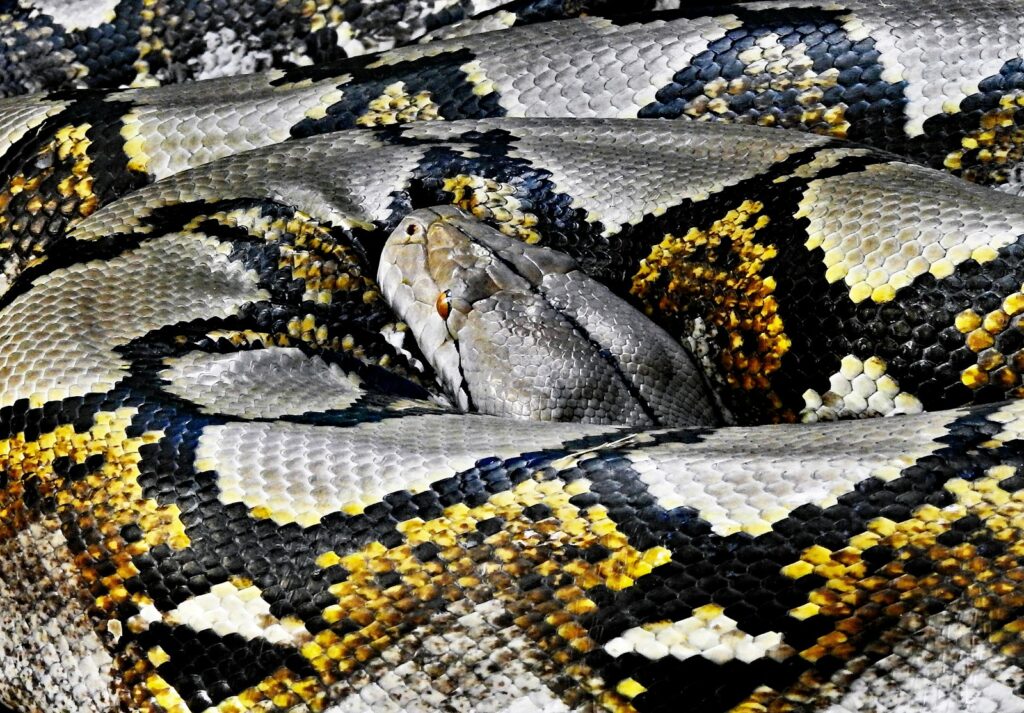
The true magic of a snake’s chemical sensing happens not on the tongue itself but in a specialized organ called the vomeronasal or Jacobson’s organ. Located in the roof of the snake’s mouth, this remarkable structure consists of a pair of small pits lined with highly sensitive tissue containing specialized sensory receptors. When a snake flicks its tongue, it collects chemical particles from the air or surfaces, then retracts the tongue and inserts the tips into the openings of the Jacobson’s organ. The chemical information is transferred from the tongue to the receptors in the vomeronasal organ, which analyze the chemical compounds and send this information to the brain for processing. This system is so sensitive that it can detect chemical concentrations as low as a few parts per billion, far surpassing what human noses can detect.
How the Tongue-Flicking Behavior Works
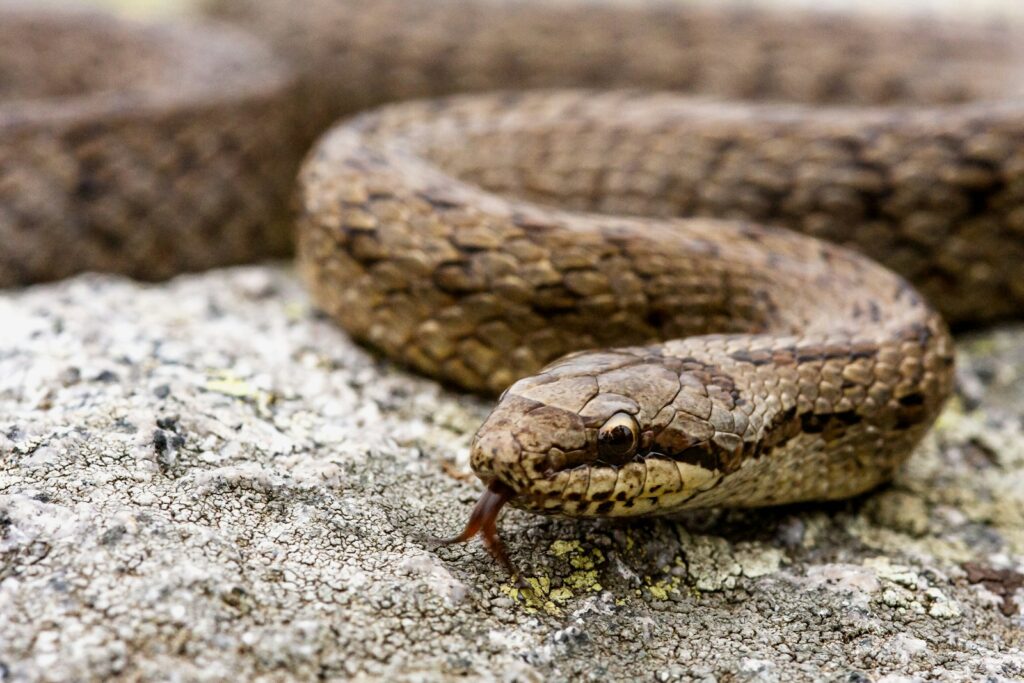
The characteristic tongue-flicking behavior of snakes is a deliberate sampling technique that maximizes their ability to collect chemical information. When a snake flicks its tongue, it extends it far from the mouth, spreading the forked tips to sample a wider area of air. The rapid movement creates air currents that bring more chemical particles into contact with the tongue surface. After sampling the environment, the snake quickly retracts its tongue and presses it against the roof of its mouth, where openings to the Jacobson’s organ are located. The snake may perform this tongue-flicking behavior at various rates depending on its level of interest or need for information—from occasional flicks when resting to rapid, repeated flicking when actively hunting or sensing danger. Each flick represents a discrete sampling event, giving the snake updated information about its surroundings.
The Neural Pathway: From Tongue to Brain
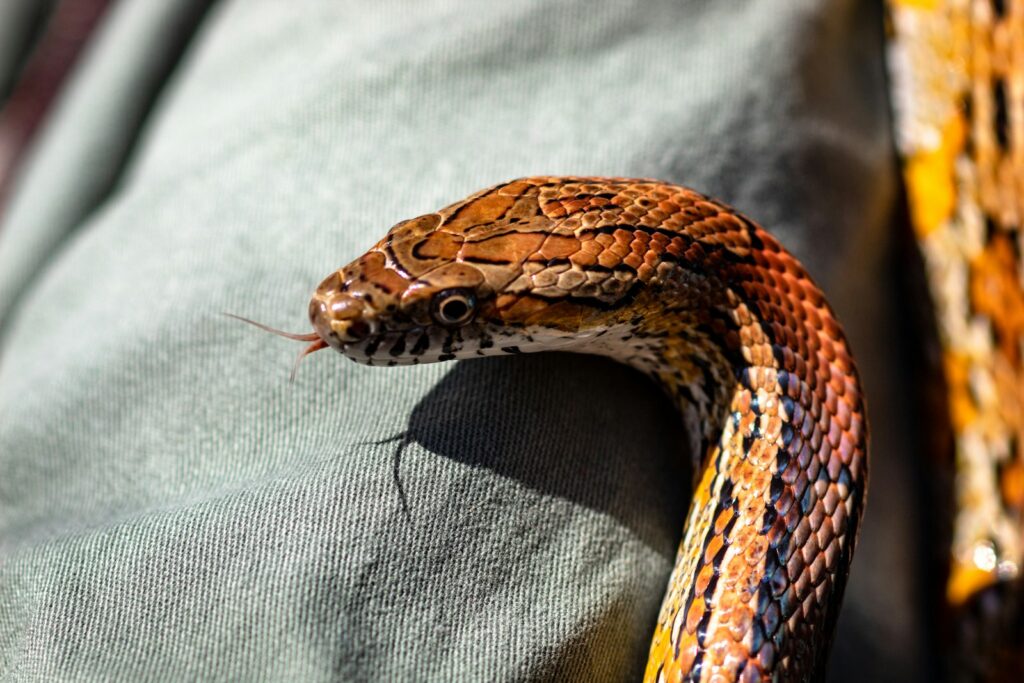
The journey of chemical information from a snake’s environment to its brain involves a specialized neural pathway distinct from the one used for ordinary smell. When chemicals are delivered to the Jacobson’s organ, specialized sensory neurons with receptors designed to bind to specific chemical compounds are activated. These neurons send electrical signals through dedicated nerve fibers that connect directly to the accessory olfactory bulb, a specialized region of the snake’s brain dedicated to processing vomeronasal information. From there, the information travels to higher brain regions that integrate this chemical data with other sensory inputs and memory, allowing the snake to recognize familiar scents, identify potential threats, and make decisions based on this chemical landscape. This neural pathway evolved specifically for processing chemical information collected by the tongue, making it distinct from the regular olfactory system found in many other animals.
Differentiating Between Scent Trails
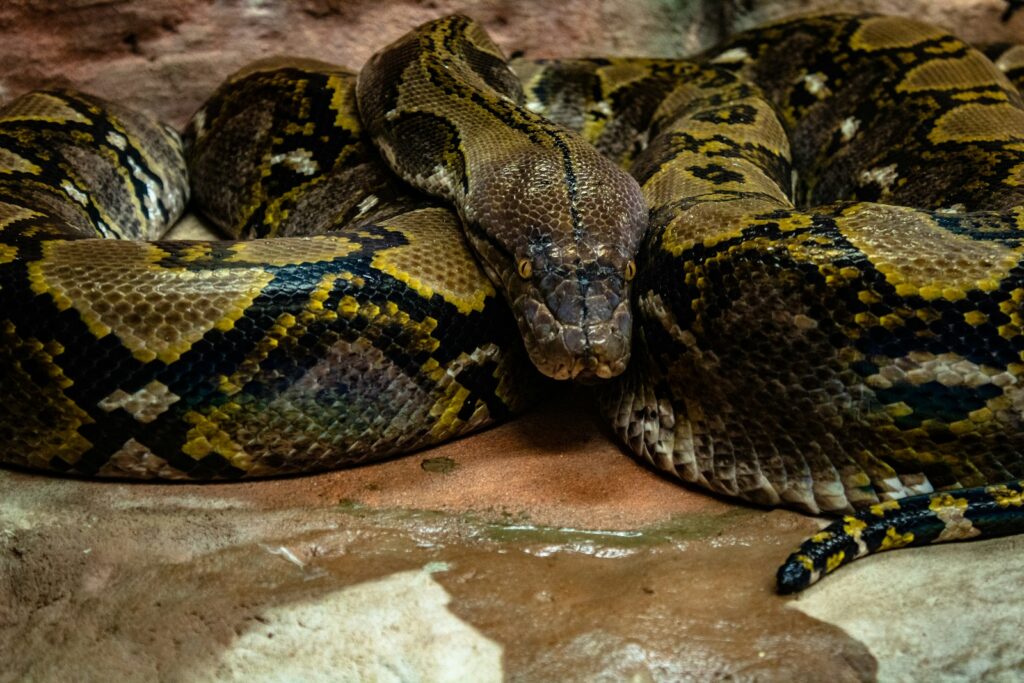
Snakes possess an extraordinary ability to differentiate between complex scent trails, allowing them to navigate their environment with remarkable precision. When a snake encounters the chemical signature of prey that has passed through an area, it can determine not only the species but often the size, sex, and how recently the animal traveled through the area. This ability comes from the remarkable sensitivity of the vomeronasal system, which can detect subtle differences in chemical profiles. For example, some snakes can follow the direction of a scent trail by detecting the gradual weakening of chemical signals as they age, effectively determining which end of the trail is freshest. This sophisticated chemical tracking ability allows snakes to hunt efficiently in complex environments where visual cues might be limited or misleading.
Hunting Through Chemical Detection
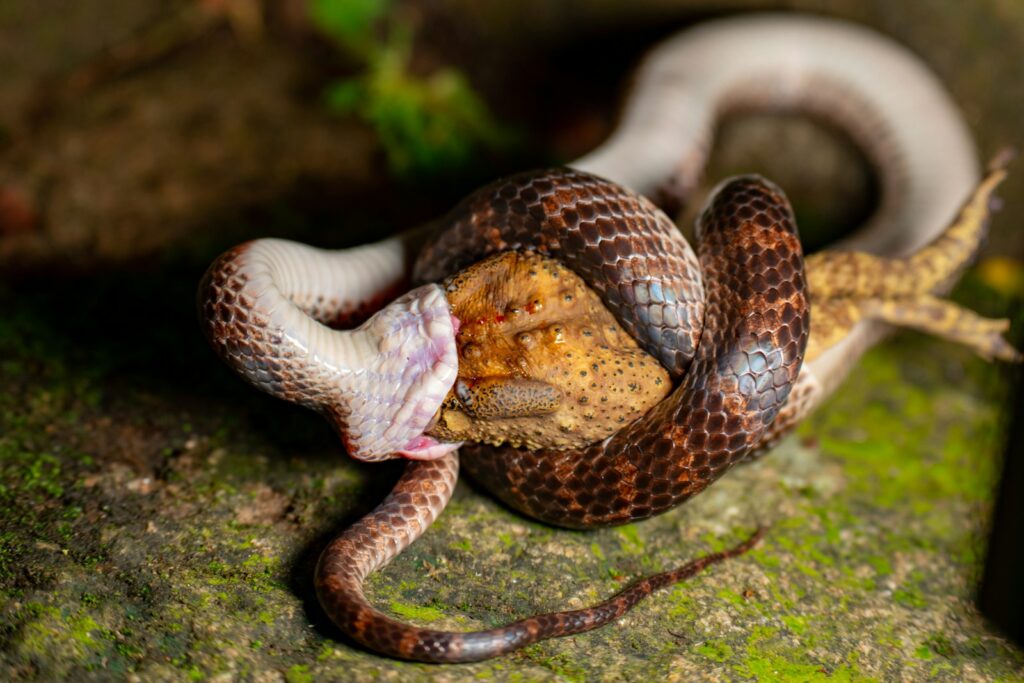
A snake’s hunting strategies are intricately linked to its chemical sensing abilities, with many species relying almost exclusively on vomeronasal information to locate and identify prey. When a python or viper detects prey chemicals in the air, it begins a systematic search pattern, flicking its tongue more frequently to sample the air and ground for chemical gradients that will lead to the prey source. As the snake gets closer to its prey, the concentration of chemical signals increases, guiding the predator directly to its target even in complete darkness. Some specialized hunting snakes, like the North American copperhead, can even use their vomeronasal system to detect body heat signatures through chemical cues, allowing them to locate warm-blooded prey that might be hidden from sight. For ambush predators, the vomeronasal system helps them select the perfect location to wait, positioning themselves where prey animals frequently travel based on the concentration of scent trails.
Finding Mates Through Chemical Communication
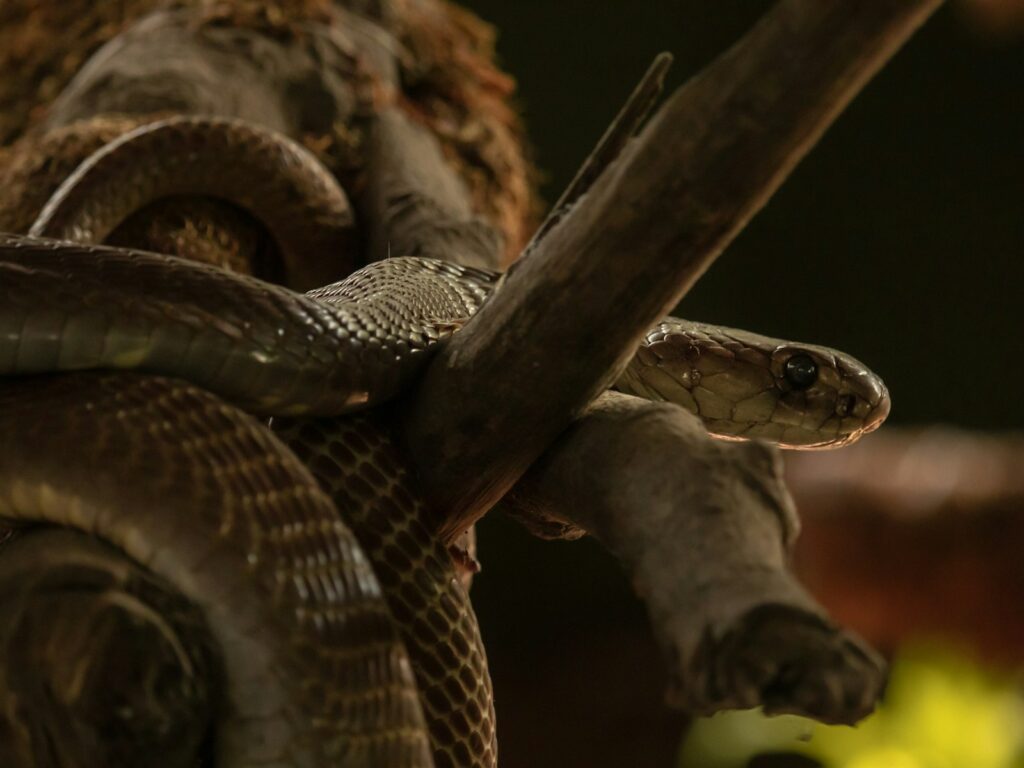
The reproductive success of many snake species depends heavily on their vomeronasal system, as chemical signals play a crucial role in mate selection and courtship behaviors. Female snakes release specific pheromones when they are reproductively receptive, creating chemical trails that male snakes can detect and follow using their tongue and Jacobson’s organ. When a male snake encounters these pheromones, it triggers a series of courtship behaviors and physiological responses that prepare it for mating. The vomeronasal system allows males to differentiate between potential mates, assessing not only species compatibility but also health status and genetic relatedness through subtle differences in pheromone profiles. In some species, males engage in competition that involves following the same female’s chemical trail, with the most sensitive chemical detectors gaining a reproductive advantage by locating the female first.
Avoiding Predators with Chemical Sensing
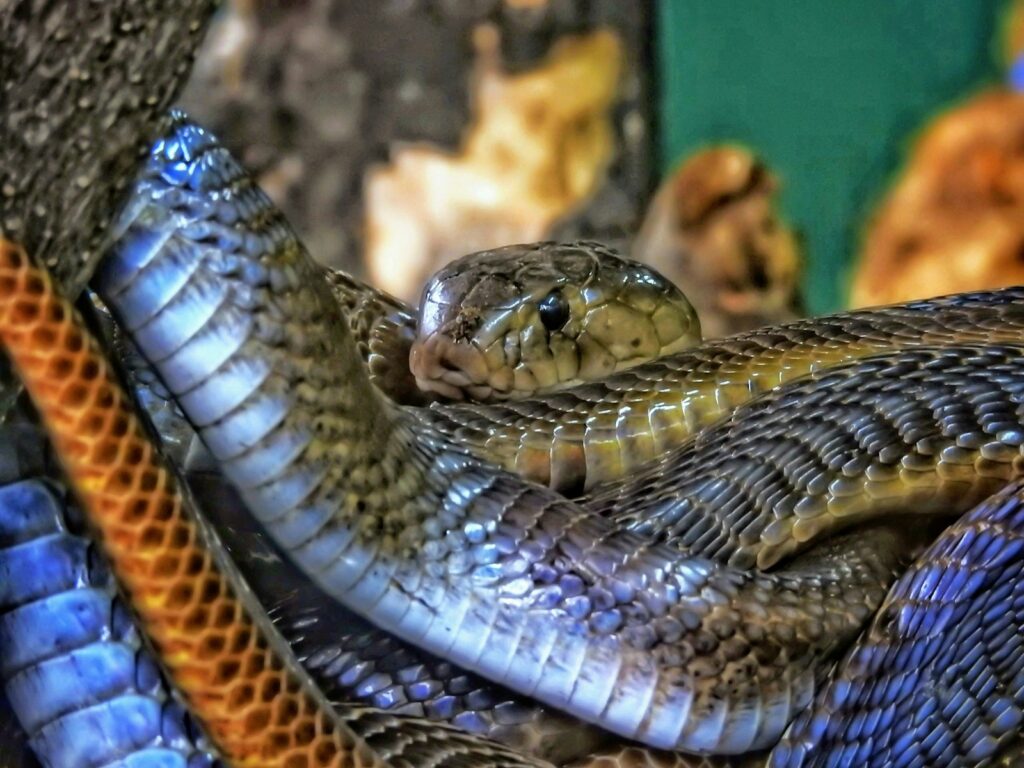
The same sensory system that helps snakes find food and mates also plays a critical role in their survival by helping them detect and avoid potential predators. Many predators of snakes leave chemical signatures that snakes have evolved to recognize as danger signals. When a snake’s tongue collects these warning chemicals, the information is rapidly processed, often triggering immediate defensive behaviors like freezing, fleeing, or adopting threat displays. This chemical warning system works even when the predator is not visually present, giving snakes a critical early warning advantage. Some snake species can detect predator chemicals at concentrations so low that the predator may have passed through the area hours or even days earlier, allowing them to avoid dangerous locations entirely. This chemically-mediated predator avoidance is particularly important for smaller snake species and juveniles that are more vulnerable to predation.
How Different Snake Species Vary in Chemical Sensing
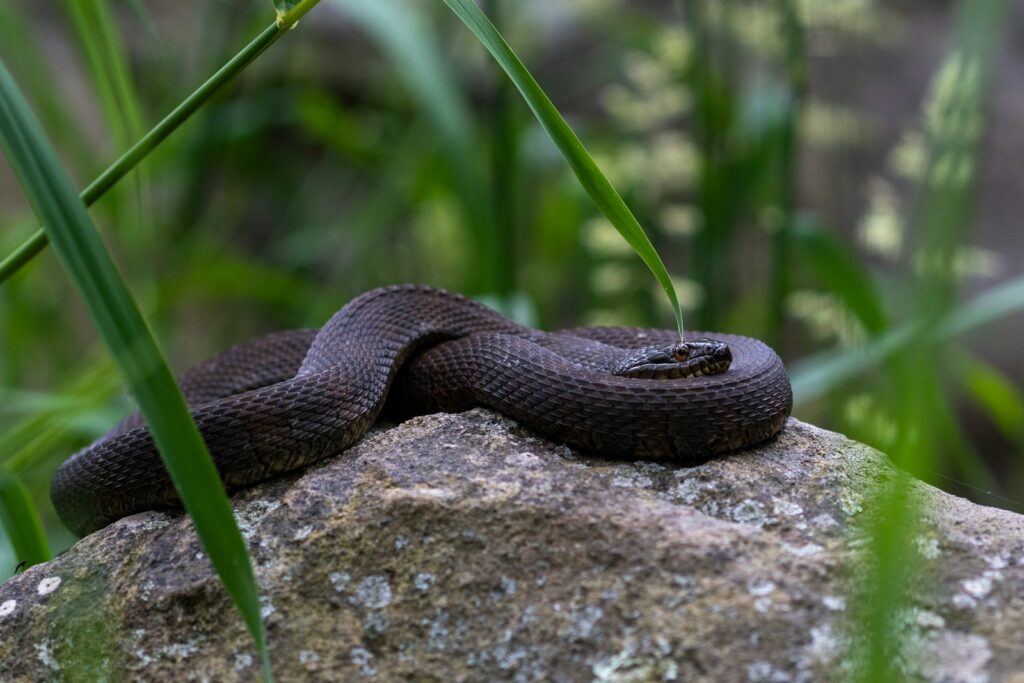
While all snakes use their tongue and Jacobson’s organ for chemical sensing, the specifics of this system vary considerably across different snake species, reflecting their diverse ecological niches and evolutionary histories. Active foraging species like rat snakes typically have longer tongues and larger vomeronasal organs compared to ambush predators like vipers, reflecting their greater reliance on chemical tracking over long distances. Aquatic snakes have evolved modifications to their tongue-flicking behavior that allow them to sample chemicals effectively both underwater and at the water’s surface, often using slower, more deliberate tongue movements when submerged. Desert-dwelling species frequently have specialized adaptations that preserve moisture on their tongues while still collecting chemical samples efficiently in arid environments. These variations demonstrate how natural selection has fine-tuned the basic chemical sensing system to meet the specific ecological challenges faced by different snake lineages.
Comparing Snake Chemosensing to Other Animals
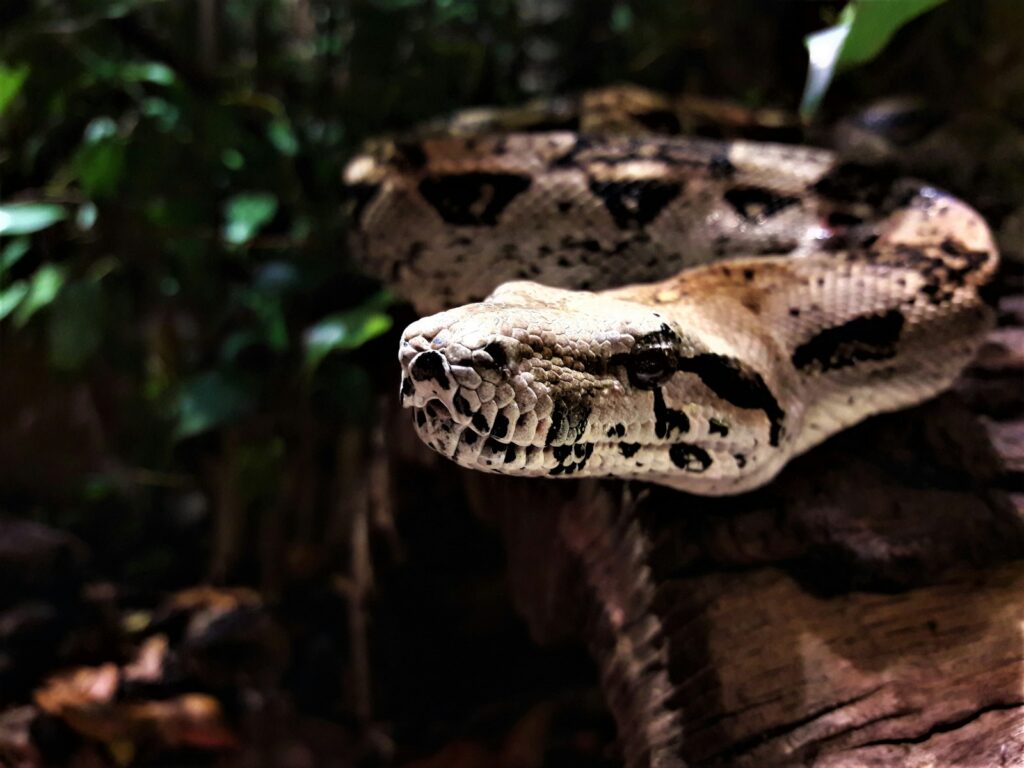
The snake’s chemical sensing system represents one variation of a sensory adaptation found across different animal groups, though with significant specializations unique to serpents. While many vertebrates possess a vomeronasal organ, including most lizards and many mammals, snakes have developed this system to an extraordinary degree of sensitivity and importance. Unlike mammals, which typically use their vomeronasal organ as a secondary chemical sensing system alongside their main olfactory system, snakes rely on their vomeronasal system as their primary means of chemical detection. The snake’s forked tongue represents a specialized collection tool not seen in mammals, which typically pump air into their vomeronasal organs through a different mechanism. Even among reptiles, snakes stand out for the prominence of their tongue-flicking behavior and the degree to which they rely on chemical information for nearly all aspects of their ecology, from finding food to selecting mates.
The Evolution of Snake Chemical Sensing

The sophisticated tongue-based chemical sensing system of modern snakes represents the culmination of millions of years of evolutionary refinement, with fascinating origins in their lizard ancestors. The earliest ancestors of snakes were likely burrowing lizards that gradually lost their reliance on vision in subterranean environments and compensated by enhancing their chemical sensing abilities. Fossil evidence suggests that the elongation of the snake body and the specialization of the tongue and vomeronasal system co-evolved, with each change reinforcing the adaptive value of the others. As early snakes transitioned to different habitats and hunting strategies, natural selection continued to refine their chemosensory abilities, leading to the diverse but universally sophisticated systems seen in modern snake species. The forked tongue appears to have evolved from an ancestral, unforked lizard tongue, with the bifurcation providing adaptive advantages in locating the direction of chemical sources—a critical innovation that helped early snakes become more effective predators.
Scientific Research and Discoveries
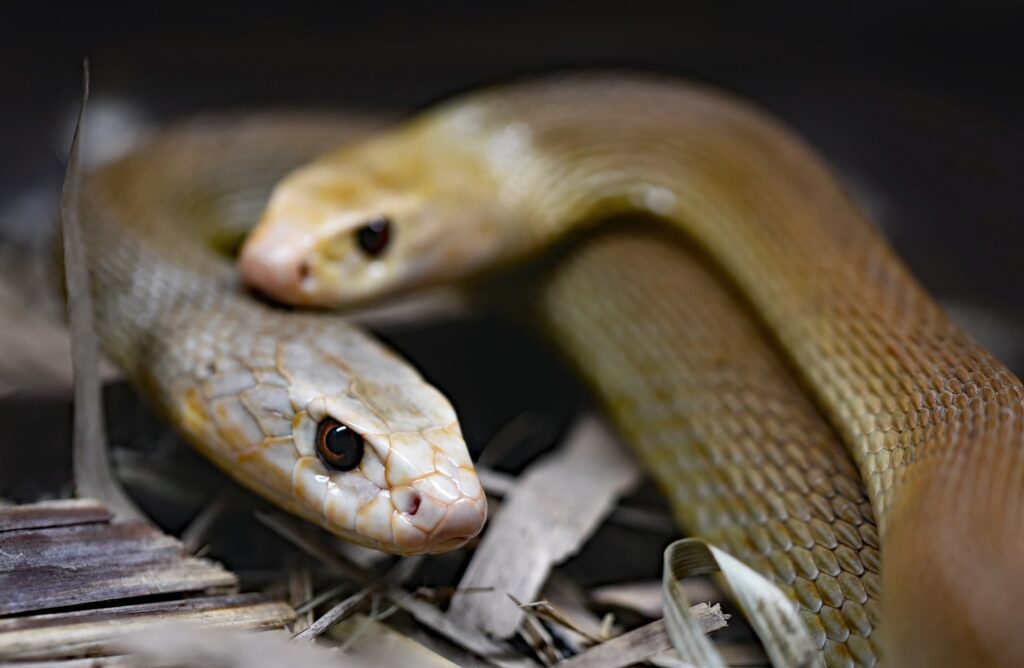
Modern scientific research continues to reveal new insights about the remarkable chemosensory abilities of snakes, using technologies that were unimaginable to early naturalists who first observed tongue-flicking behavior. Advanced imaging techniques like MRI and CT scanning have allowed researchers to create detailed three-dimensional models of the Jacobson’s organ and associated neural structures without harming the animals, revealing subtle anatomical differences between species. Molecular studies have identified hundreds of different chemical receptor genes in snake genomes, explaining their ability to detect such a wide range of compounds with extraordinary sensitivity. Behavioral experiments using controlled chemical stimuli have demonstrated that snakes can distinguish between chemical mixtures that differ by just a single compound, highlighting the remarkable discrimination abilities of their vomeronasal system. One of the most fascinating recent discoveries involves the finding that some snake species can detect airborne pheromones from prey animals, essentially “smelling” their targets at a distance before any physical scent trail is established.
Common Misconceptions About Snake Tongues

Despite the scientific understanding of snake tongue function, misconceptions about this fascinating adaptation persist in popular culture and casual understanding. Perhaps the most common misconception is that the snake’s tongue is venomous or used to sting prey—a completely inaccurate belief that likely stems from the tongue’s rapid, darting movements and its association with dangerous species. Another widespread misunderstanding is that snakes use their tongues to taste food in the conventional sense; in reality, snakes have very few taste buds on their tongues compared to mammals, and the tongue’s primary function is chemical collection rather than taste perception. Some people incorrectly believe that the forked shape of the tongue is related to venom delivery or that tongue-flicking is an aggressive display, when it’s actually just the snake gathering information about its surroundings. Understanding the true function of the snake’s tongue not only provides fascinating insight into reptile biology but also helps dispel fears based on misconceptions about these remarkable animals.
Conclusion
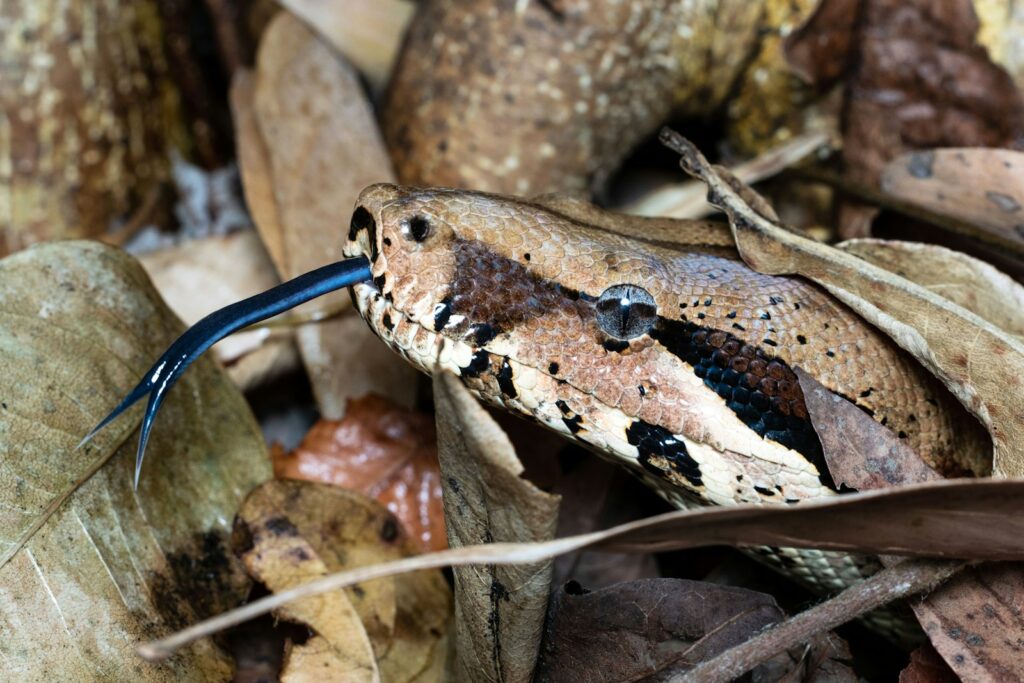
The snake’s tongue-based chemical sensing system represents one of nature’s most elegant sensory adaptations, transforming a simple body part into a sophisticated chemical sampling tool that provides these reptiles with detailed information about their world. From tracking prey and finding mates to avoiding predators and navigating complex environments, this remarkable system compensates for limitations in other sensory modalities and allows snakes to thrive in diverse habitats worldwide. As scientific research continues to unveil the complexities of this system, we gain not only a deeper appreciation for the remarkable adaptations of these often-misunderstood animals but also potential insights that might inspire new technologies in chemical detection and sensory processing. The next time you observe a snake flicking its tongue, remember that you’re witnessing not a simple reflex but a sophisticated form of environmental sampling that allows the snake to construct a detailed chemical map of its surroundings—truly “smelling” its world in ways we can only begin to imagine.





